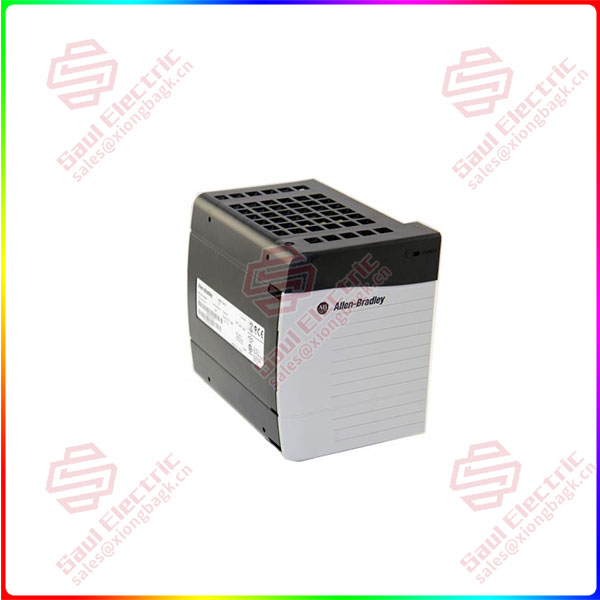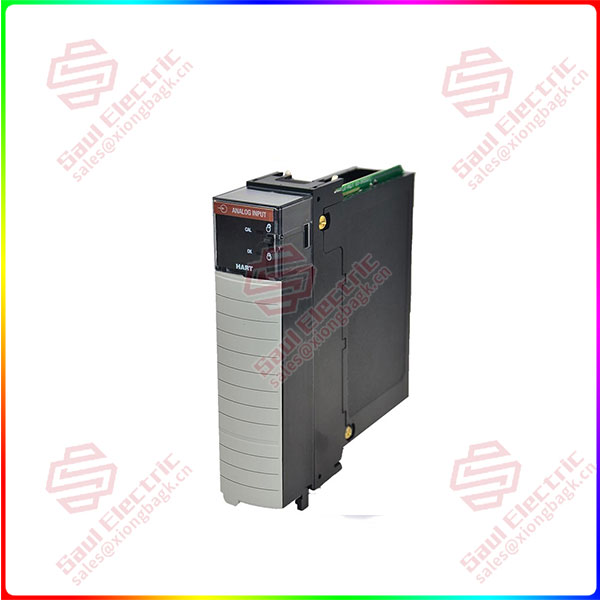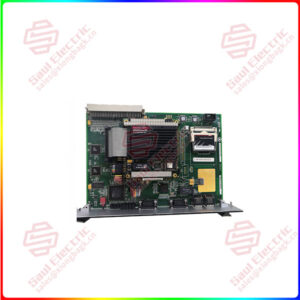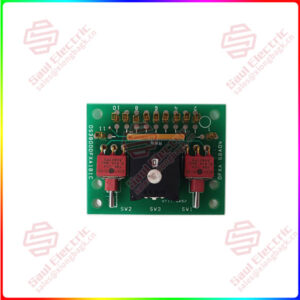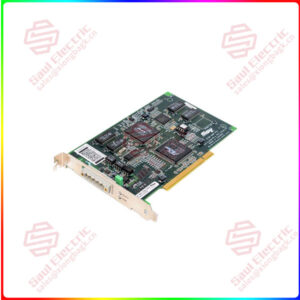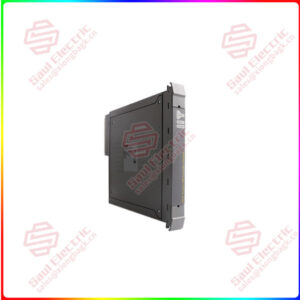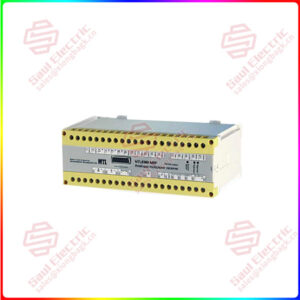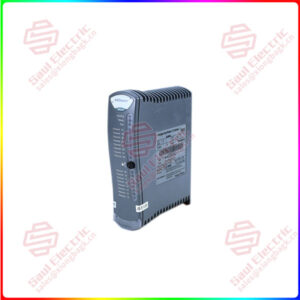Description
Overview
Essential details:1756-IF16 ControlLogix analog input module
The Allen-Bradley 1756-IF16 is a ControlLogix analog input module. This module accepts current and voltage signals such as ±10V, 0-10V, 0-5V and 0-20 mA. This module supports Three (3) types of signal wiring configuration such as single-ended, differential and high-speed differential wiring. Among the supported wiring configurations, single-ended wiring is the most sensitive to noises and must be used with signals having a common ground. For increased noise susceptibility, differential wiring method is used while high-speed differential wiring is used in systems that require fast data updates, relative to the input signals.
With single-ended wiring, the module becomes a Sixteen (16) channel analog input module. Similarly, the module is reduced to an Eight (8) channel analog input module when used with differential wiring. Furthermore, the module becomes a Four (4) channel analog input module when the module is wired as high-speed differential wiring.
The 1756-IF16 individual resolutions are 320 µV/count (15 bits + sign bipolar) @ ±10.25V input range; 160 µV/count (16 bits) @ 0-10.25V input range; 80 µV/count (16 bits) @ 0-5.125V input range and 0.32 µA/count (16 bits) @ 0-20.5 mA. This module has scan time that varies such as16-488 ms for single-ended; 8-244 ms with differential wiring and 5-122 ms with high-speed differential wiring. It has a built-in analog-to-digital converter circuitry using the Sigma-Delta method. Converted data is stored following integer mode (left justified, 2 s complement) IEEE 32-bit floating point data format. This module has a calibrated accuracy of better than 0.05% of range for Voltage input and 0.15% of range for Current input.
lf you need to inquire or purchase ,please send the product models to my email or call medirectly .
sunny He
[Email] sales@xiongbagk.cn
[Mobile] 86-18059884797
[WhatsApp] 86-18059884797
[Skype] sales@saulcontrol.com
1756-IF16 ControlLogix analog input module
The 1756-IF16 can be wired using three different methods, depending on the user’s and application’s requirements such as single-ended wiring, differential wiring, and high-speed mode differential wiring. The single-ended wiring method is best when all input devices are tied to a common ground. This is for comparing one side of the signal input to signal ground to get the difference, which is then used by the module in generating digital data for the controller. When applications do not have a common ground or can have separate signal pairs, using the differential wiring method is recommended. This wiring method is also for environments where an improved noise immunity is needed. The channels in a differential mode are not completely isolated from each other. One channel may affect the reading of another channel if multiple differential input signals have different voltage common references. When this happens, users should wire the input on different modules or replace the non-isolated module with an isolated input module. 8 connections are allowed in this mode. Lastly, the high-speed mode differential wiring method allows for the fastest possible data updates. However, certain conditions are required for users to be able to use the high-speed mode. First, it uses the differential wiring method. Second, when in this mode only one of every four channels on the module can be used. The power consumption of the 1756-IF16 module is 2.3 Watts and it has a total backplane power of 2.33 Watts. The input range is ± 10 Volts, from 0 to 10 Volts, 0 to 5 Volts, or 0 to 20 mA.
The current draw of this module at 5.1 Volts is 150 mA, or is 65 mA at 24 Volts. The voltage and current ratings of the backplane are 5.1 Volts DC, 150 mA at maximum, and 24 Volts DC 65 mA at maximum. The input current range is from 4 to 20 mA and the input voltage range is from -10 to 10 Volts and limited to 100VA. The Voltage power dissipation is around 2.3 Watts and the current power dissipation is 3.9 Watts. The thermal dissipation for the voltage is 7.84 BTU/hour and 13.3 BTU/hour for current. It also has a maximum overvoltage protection of 30 Volts DC (voltage) and 8 Volts DC (current).


 1 Year Warranty
1 Year Warranty
